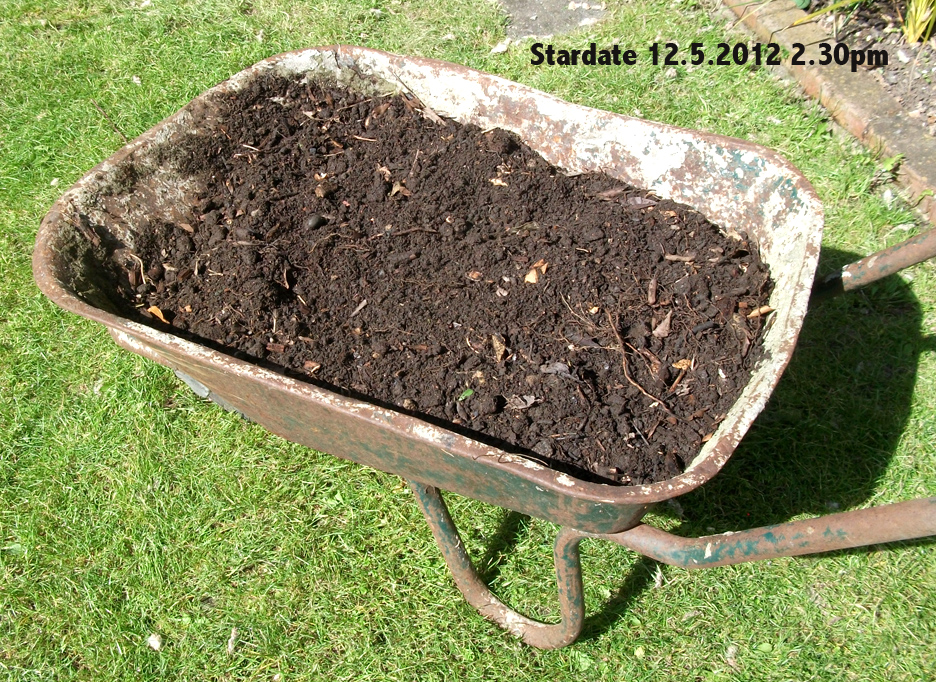Wholesome
Pumpkin Bites
(from
Allreceipe.co.uk)
These cookies are not only delicious and quick to make, but they are also
packed full of protein, fibre and omega-3 fatty acids. Enjoy for breakfast, general snacking or picnics.
Ingredients
Makes: 14
·
20g granulated sugar
·
80g porridge oats
·
125g wholemeal flour
·
45g soya flour
·
1 3/4 teaspoons bicarb
·
1/2 teaspoon baking powder
·
2 teaspoons ground cinnamon
·
1 teaspoon ground nutmeg
·
125g pumpkin puree
·
1 tablespoon oil
·
2 egg whites
·
1 teaspoon black treacle
·
1 tablespoon linseeds (optional)
- Preheat oven to
180 C / Gas 4.
- In
a large bowl, whisk together sugar, oats, wholemeal flour, soya flour,
bicarbonate of soda, baking powder, salt, cinnamon and nutmeg.
- Stir in pumpkin
puree, oil, water, egg whites and black treacle. Stir in linseed, if
desired.
- Roll into 14 large balls and flatten on a baking tray.
- Bake
for 5 minutes in preheated oven. DO NOT OVERBAKE as the cookies will come out
really dry.
Flapjack Recipe
125g butter or cooking margarine
125g demerara sugar
5 tbsp golden syrup
225 old fashioned porridge oats
1 tsp ground ginger and/or raisins
- Preheat oven to 190C.
- Grease 20cm sandwich tin.
- Melt butter and stir in sugar and syrup.
- Add oats and ground ginger and mix well.
- Using the back of a metal spoon press mixture evenly over the base of the tin and smooth over.
- Bake for 20 minutes.
- Cool for 15 minutes in the tin, then score into 8 wedges.
- Cool completely, turn out and break into wedges.


.jpg)






.jpg)








